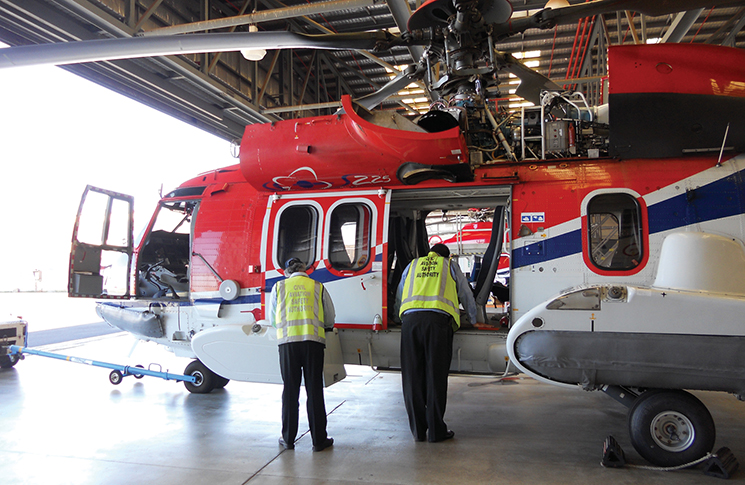With improvements in aviation safety, the flight performance of helicopters has been both
improved and analysed, resulting in performance classes. The performance class system establishes rotorcraft flight performance requirements for Part 133 operators that are scaled based on the following factors:
- the number of passengers
- the type of flight rules or conditions
- whether a flight is conducted as part of a medical transport operation
1. What are the performance classes for helicopter operations specified by CASA (These classes categorise the operation and then direct the pilot and operator to which relevant considerations for safe flight must be included.)
a. Category A and B
b. Category A, B and C
c. PC1, PC2, PC2WE and PC3
d. PC1, PC2 and PC3
2. What is the only exception from operating within a performance class under Part 133?
a. authorised medical transport operations when arriving or departing from a location associated with an accident or incident scene
b. authorised medical transport operations when conducting winching at a location associated with an accident or incident scene
c. when not carrying passengers
d. both (a) and (b)
3. Must an operator have approval from CASA to conduct PC2WE operation (PC2WE (with exposure) is a middle ground enabling rotorcraft operations, without the assurance of a forced landing area.)
a. true
b. false
4. Under Part 133, how many seats must a helicopter have to mandate operating
to PC1?
a. more than 9 in seats in the helicopter design approval
b. more than 19 seats in the helicopter design approval
c. more than 9 operational seats
d. more than 19 operational seats
5. For a Performance Class 1 take-off procedure, what is the minimum obstacle clearance? (These procedures were designed to assure flight safety in the event of an engine failure, with a calculated distance above certain obstacles to assure flight safety.)
a. 10 ft
b. 35 ft
c. 50 ft
d. 100 ft
6. What one-engine-inoperative (OEI) rate of climb does the Part 133 Manual of Standards require at minimum flight altitude? (The aircraft must have the ability to continue climbing when enroute to ensure safety.)
a. 50 fpm
b. 100 fpm
c. 150 fpm
d. 2.5%
7. What OEI rate of climb do PC2 operations require 1,000 feet above the aerodrome? (As opposed to the previous question, the aircraft must be able to continue climbing away from the ground in the departure segment of the flight.)
a. 50 fpm
b. 100 fpm
c. 150 fpm
d. 2.5%
8. What is the minimum height for PC3 day VFR operations over populous areas?
a. 500 ft above the highest feature or obstacle within a horizontal radius of 300 m
b. 500 ft above the highest feature or obstacle within a horizontal radius of 600 m
c. 1,000 ft above the highest feature or obstacle within a horizontal radius of 300 m
d. 1,000 ft above the highest feature or obstacle within a horizontal radius of 600 m
9. What is the minimum performance class for cargo transport operations under Part 133?
a. PC1
b. PC2
c. PC2WE
d. PC3
10. Do PC2 operations represent a lesser risk to occupants and the public than PC1?
a. yes
b. no
11. If a pilot is nominating a forced landing area for PC2 operations, what is a reasonable expectation for the outcome?
a. remain upright
b. result in no injuries to persons in the rotorcraft
c. result in no injuries to persons on the ground
d. all of the above
12. What is the primary difference between PC2WE and PC2?
a. there need not be any provision for a suitable forced landing area during cruise
b. there need not be any provision for a suitable forced landing area during take-off and landing
c. there need not be any provision for a suitable forced landing area during take-off only
d. there need not be any provision for a suitable landing area during landing only
13. If the wind speed and direction indication is not from a source that provides precise and instantaneous readings, what must the headwind for the determination of rotorcraft performance be?
a. the reading
b. only 50% of the reading
c. if over 5 knots, only 50% of the reading
d. if over 10 knots, only 50% of the reading
To view the answers, go to the next page using the page navigation buttons below.


